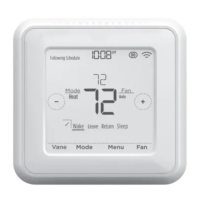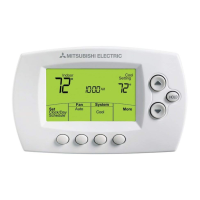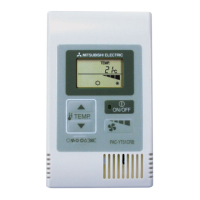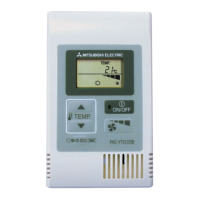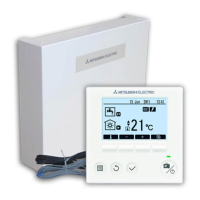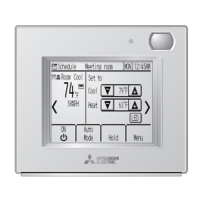Chapter 9
206
Logic programming – Function blocks
9.10 Function blocks for Parallel muting, Sequential
muting and Cross muting
9.10.1 Overview and general description
Muting is the automatic temporary suppression of safety-oriented area monitoring
using electro-sensitive protective equipment (ESPE) while certain objects, e.g. pallets
with material, are moved into the hazardous area.
Muting sensors monitor the presence of the material while it is being transported.
Careful selection of the type and layout of the sensors makes it possible to
differentiate between objects and persons.
In combination with the muting sensors and the ESPE the transported object
generates an exactly defined signal sequence while it is moved through the hazardous
area. The muting sensors have to ensure that all dangers are excluded when a person
enters an area protected by the ESPE (i.e. any dangerous state has to be terminated
immediately). It has to be impossible for a person to generate the same signal
sequence as a transported object.
The placement of the muting sensors is determined by the form of the object to be
detected. To this purpose the following options are, amongst others, available with
differing numbers of sensor input signals:
two sensors
two sensors and an additional signal C1
four sensors (two sensor pairs)
four sensors (two sensor pairs) and an additional signal C1
Muting sensor signals can be generated by the following external sensors:
optical sensors
inductive sensors
mechanical switches
signals from the control system
If you use optical sensors for muting applications, use sensors with a background
suppression in order to ensure that only the transported material fulfills the muting
condition. These sensors detect material only up to a specific distance. Objects that
are further away can therefore not fulfill the input conditions of the muting sensors.
Three different function blocks are available for muting:
Parallel muting (muting with two parallel sensor pairs)
Sequential muting (muting with two sequential sensor pairs)
Cross muting (muting with one crossed sensor pair)
The muting cycle is the specified sequence of all processes that are executed
during muting.
The muting cycle begins when the first muting sensor is activated. The muting cycle
ends depending on the configuration in the function block for the muting end
condition. It is not possible to activate muting again until the preceding muting cycle
has been terminated.
Material can be transported several times within one muting cycle if the muting
conditions are maintained permanently in the process, meaning that at least one
pair of sensors remain activated permanently.
Since muting bypasses the safety functions of a protective device, several
requirements have to be fulfilled, as shown below, in order to ensure the safety of the
application.
Note
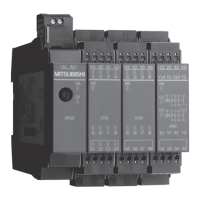
